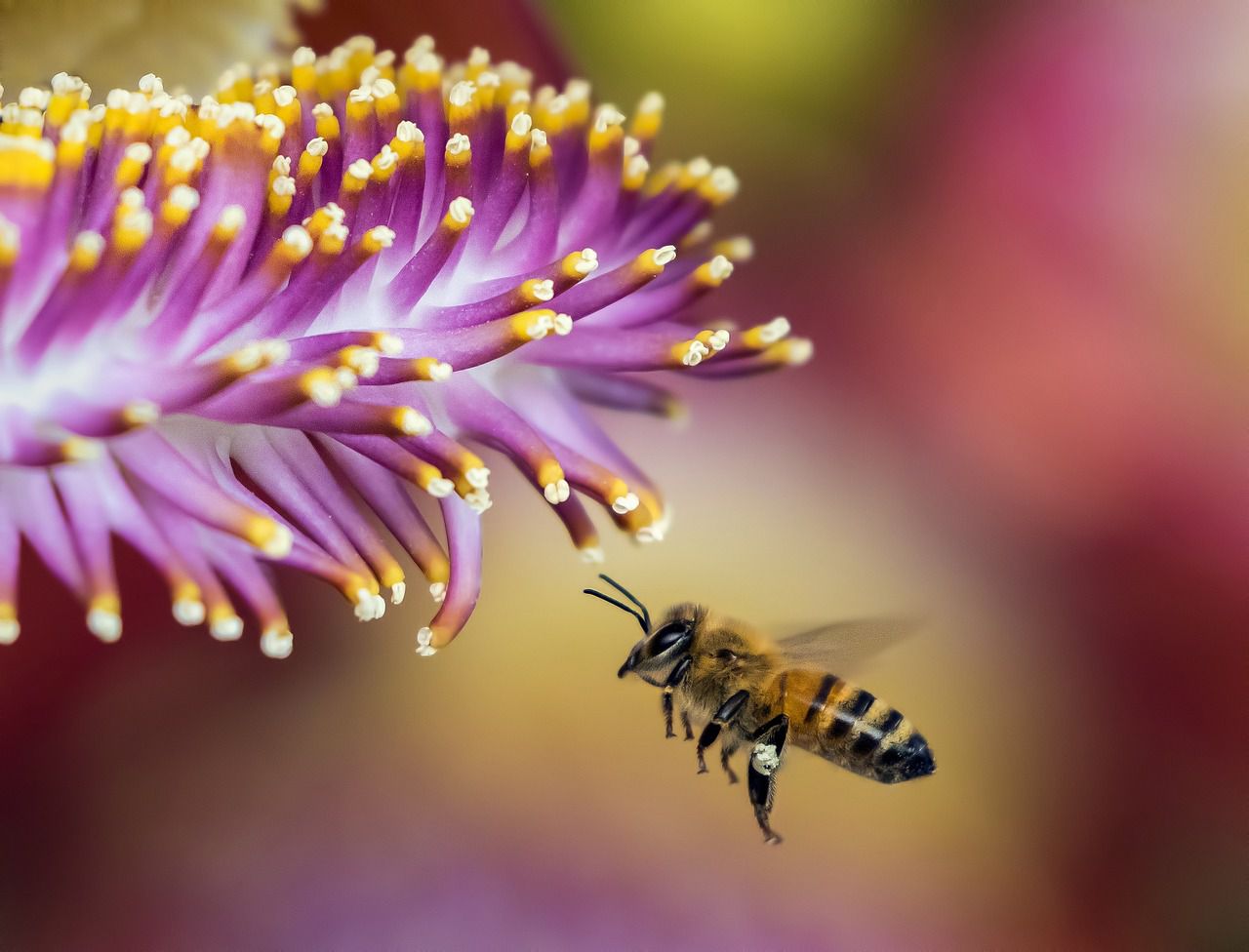Honeybees dance as a sophisticated form of communication to convey vital information about the location of food sources, particularly nectar and pollen, to their fellow hive members.
This unique behavior is known as the "waggle dance," and it plays a crucial role in the survival and efficiency of the bee colony.
Here's how and why honeybees dance.

Foraging Information
Honeybees are social insects that work together as a colony to gather nectar and pollen from flowers.
When a bee discovers a high-quality food source, it returns to the hive to communicate the location to other worker bees.
Waggle Dance
The waggle dance is a series of intricate movements performed by a foraging bee on the vertical surface of the honeycomb.
It consists of a figure-eight pattern, where the bee moves in a straight line, waggles its abdomen, turns around, and then repeats the process in the opposite direction.
Direction and Distance
The angle of the waggle run in relation to the vertical position of the comb indicates the direction of the food source relative to the position of the sun.
For example, if the waggle run is performed vertically upward, the food source is directly toward the sun.
Duration of Dance
The length of time the bee spends waggling informs other bees about the distance to the food source.
A longer waggle run indicates a greater distance, while a shorter waggle run indicates a closer source.
Intensity of Waggle
The intensity of the waggle dance conveys the quality of the food source.
A more vigorous dance suggests a richer and more abundant source of nectar or pollen.












